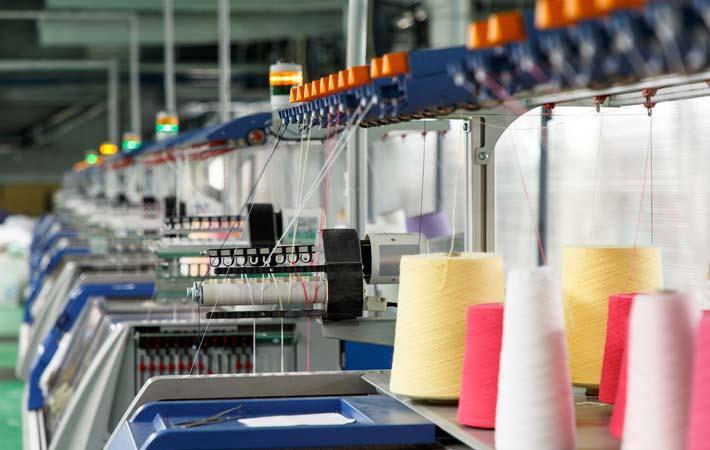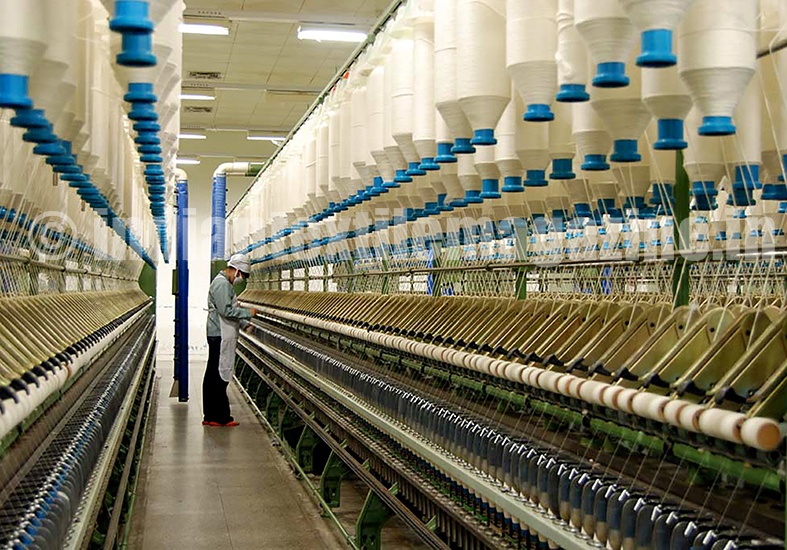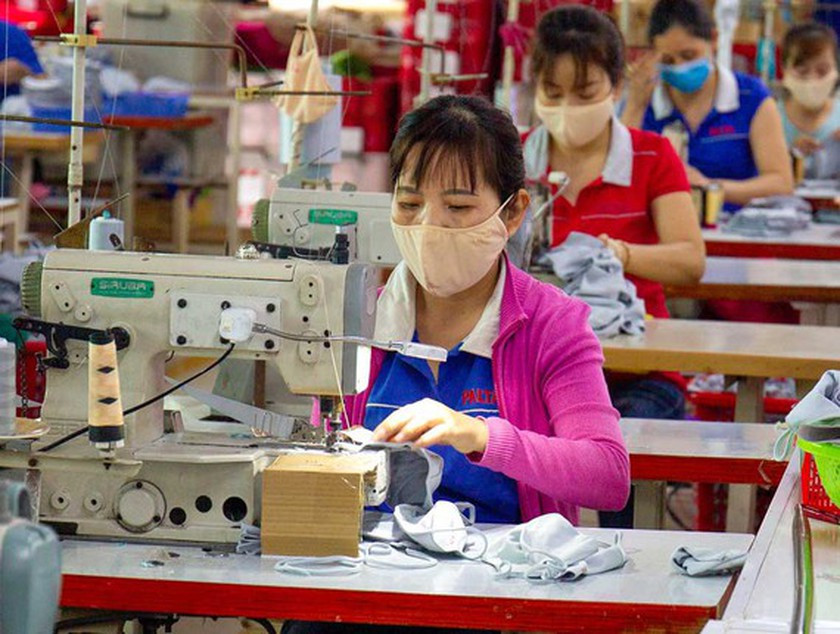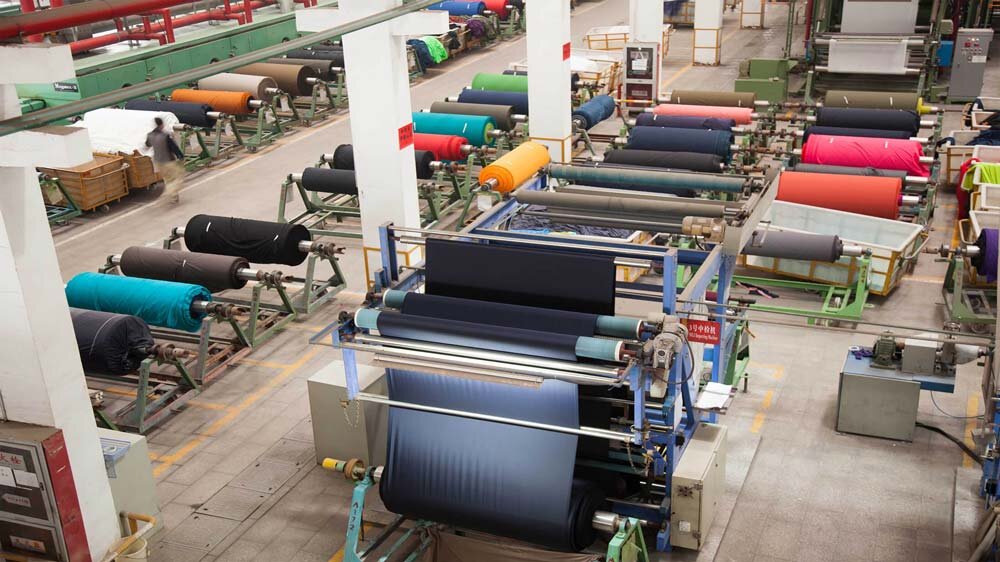The Clothing and Textile Industry: A Comprehensive Overview
The clothing and textile industry is one of the most significant sectors in the global economy, playing a vital role in the production and distribution of fabrics and garments. This industry encompasses a wide range of activities, from the cultivation of raw materials to the design, manufacturing, and retailing of clothing and textiles. This article explores the importance of the clothing and textile industry, the factors driving its growth, and the challenges it faces.


The Significance of the Clothing and Textile Industry
The clothing and textile industry holds considerable importance for several reasons:
-
Economic Contribution: The industry is a major contributor to the global economy. It generates significant revenue and provides employment for millions of people worldwide. It supports ancillary industries such as agriculture (for cotton and other natural fibers), chemicals (for dyes and synthetic fibers), and machinery (for textile production).
-
Cultural Expression: Clothing is not only a basic necessity but also a means of cultural expression. Fashion reflects the identity, values, and social status of individuals and communities. The textile industry thus plays a crucial role in preserving cultural heritage and promoting cultural exchange.
-
Technological Innovation: The industry has been at the forefront of technological advancements. Innovations in materials, production processes, and design techniques have revolutionized the way clothing and textiles are made, offering enhanced functionality, sustainability, and aesthetics.
Factors Driving the Growth of the Clothing and Textile Industry
Several key factors contribute to the growth and dynamism of the clothing and textile industry:
-
Rising Disposable Income: With increasing disposable incomes, especially in emerging markets, consumers are willing to spend more on clothing and textiles. This growth in purchasing power drives demand for a variety of apparel, from everyday wear to luxury fashion.
-
Globalization: The globalization of trade has expanded the reach of the clothing and textile industry. Companies can source materials and manufacture products in different parts of the world, reducing costs and increasing market access. This interconnectedness has also facilitated the exchange of fashion trends and cultural styles across borders.
-
Technological Advancements: Innovations in textile production, such as automated machinery, digital printing, and sustainable materials, have enhanced the efficiency and capabilities of the industry. These advancements enable the production of high-quality textiles and garments at a lower cost and with reduced environmental impact.
-
E-commerce and Digital Marketing: The rise of e-commerce has transformed the way clothing and textiles are marketed and sold. Online platforms provide consumers with access to a vast array of products and brands, offering convenience and a personalized shopping experience. Digital marketing strategies, including social media campaigns and influencer partnerships, have also driven sales and brand loyalty.
-
Sustainability Trends: There is a growing demand for sustainable and ethically produced clothing. Consumers are becoming more conscious of the environmental and social impact of their purchases. This shift in consumer preferences is driving the industry towards more sustainable practices, such as using organic materials, implementing fair labor practices, and reducing waste.


Challenges Facing the Clothing and Textile Industry
Despite its growth and potential, the clothing and textile industry faces several challenges:
-
Environmental Impact: The industry is one of the largest polluters in the world. The production of textiles consumes vast amounts of water and energy and generates significant waste and pollution. Addressing these environmental concerns requires a concerted effort towards sustainable practices and innovation in materials and processes.
-
Labor Issues: The industry has been criticized for poor working conditions and low wages in some manufacturing regions. Ensuring fair labor practices and improving working conditions are critical for the industry’s ethical and sustainable growth.
-
Supply Chain Complexity: The global nature of the clothing and textile supply chain can lead to inefficiencies and disruptions. Factors such as geopolitical tensions, natural disasters, and pandemics can impact the availability and cost of raw materials and finished products.
-
Market Saturation and Competition: The industry is highly competitive, with numerous brands vying for consumer attention. Market saturation, particularly in developed economies, poses a challenge for companies looking to differentiate themselves and capture market share.
-
Rapidly Changing Trends: Fashion trends change quickly, driven by consumer preferences and cultural influences. Keeping up with these trends requires agility and responsiveness, which can be challenging for manufacturers and retailers.
The Future of the Clothing and Textile Industry
The future of the clothing and textile industry is promising, with continued growth driven by innovation, sustainability, and evolving consumer preferences. Technological advancements will further enhance production efficiency and product quality. Sustainable practices will become increasingly important, with a focus on reducing environmental impact and promoting ethical labor standards.


In conclusion, the clothing and textile industry is a vital and dynamic sector that significantly contributes to the global economy and cultural expression. Its growth is driven by factors such as rising disposable incomes, globalization, technological advancements, e-commerce, and sustainability trends. Despite facing challenges like environmental impact, labor issues, and market competition, the industry’s ability to innovate and adapt ensures its continued relevance and success. As the industry evolves, it will continue to shape and be shaped by the changing needs and values of consumers worldwide.
